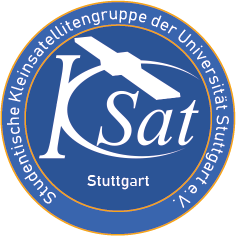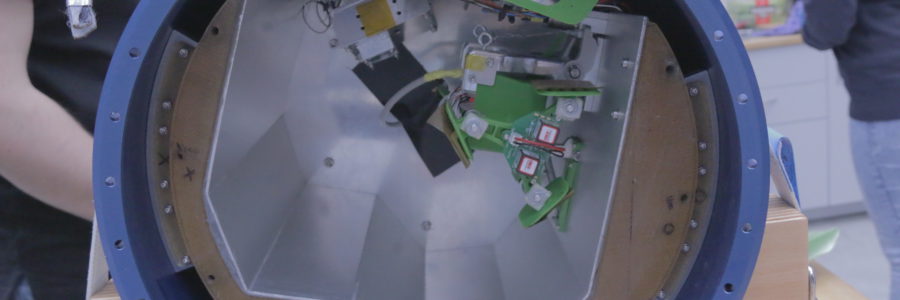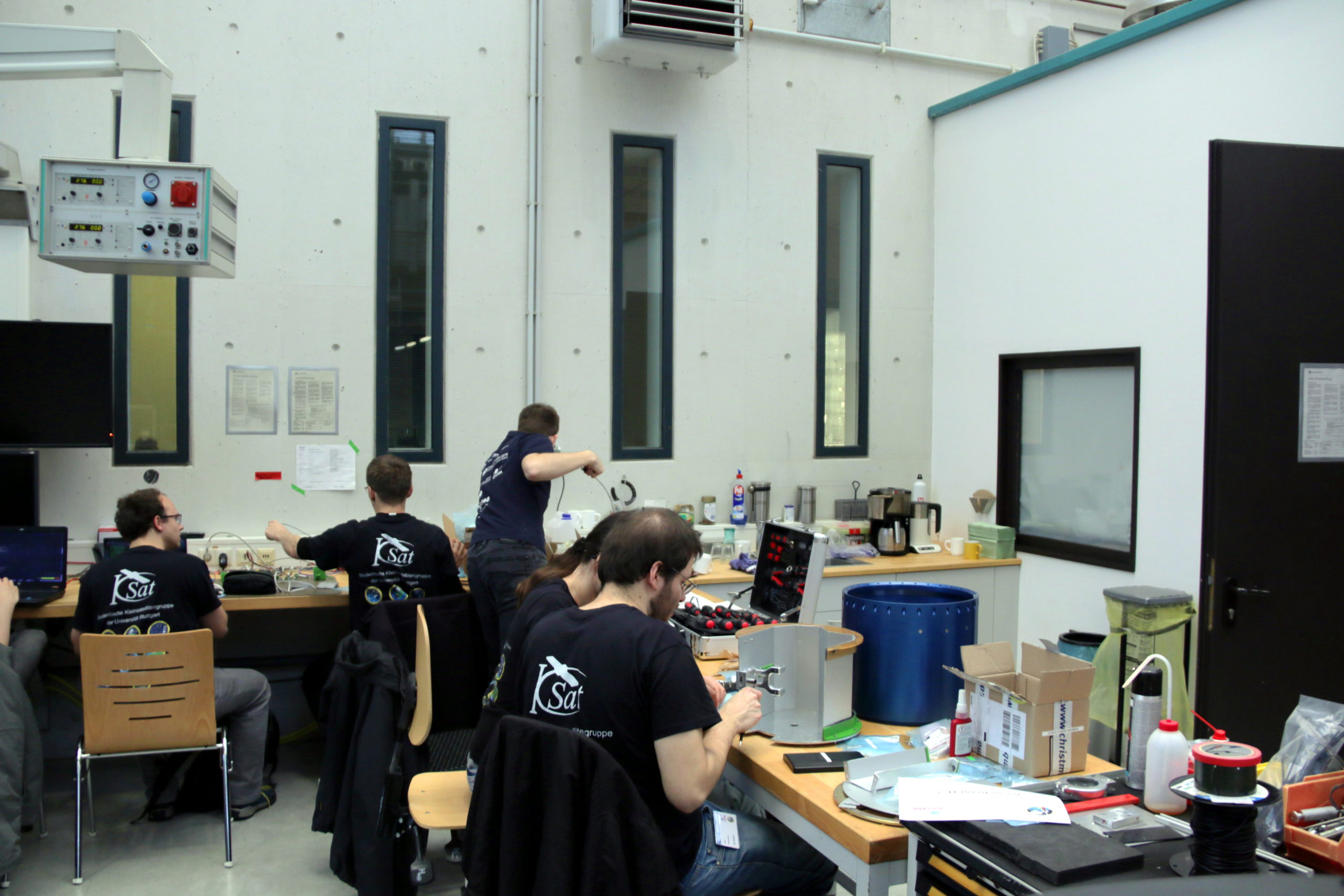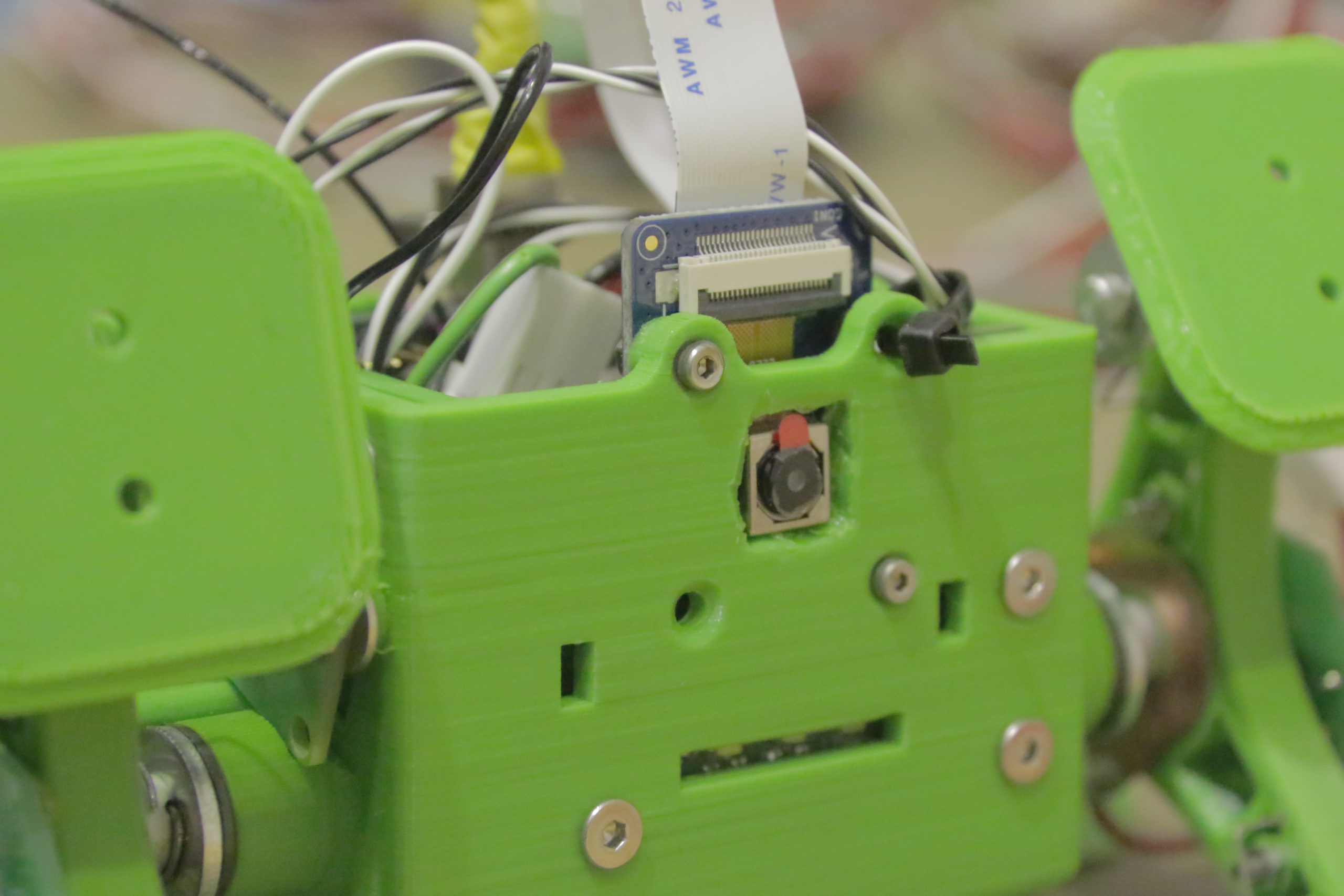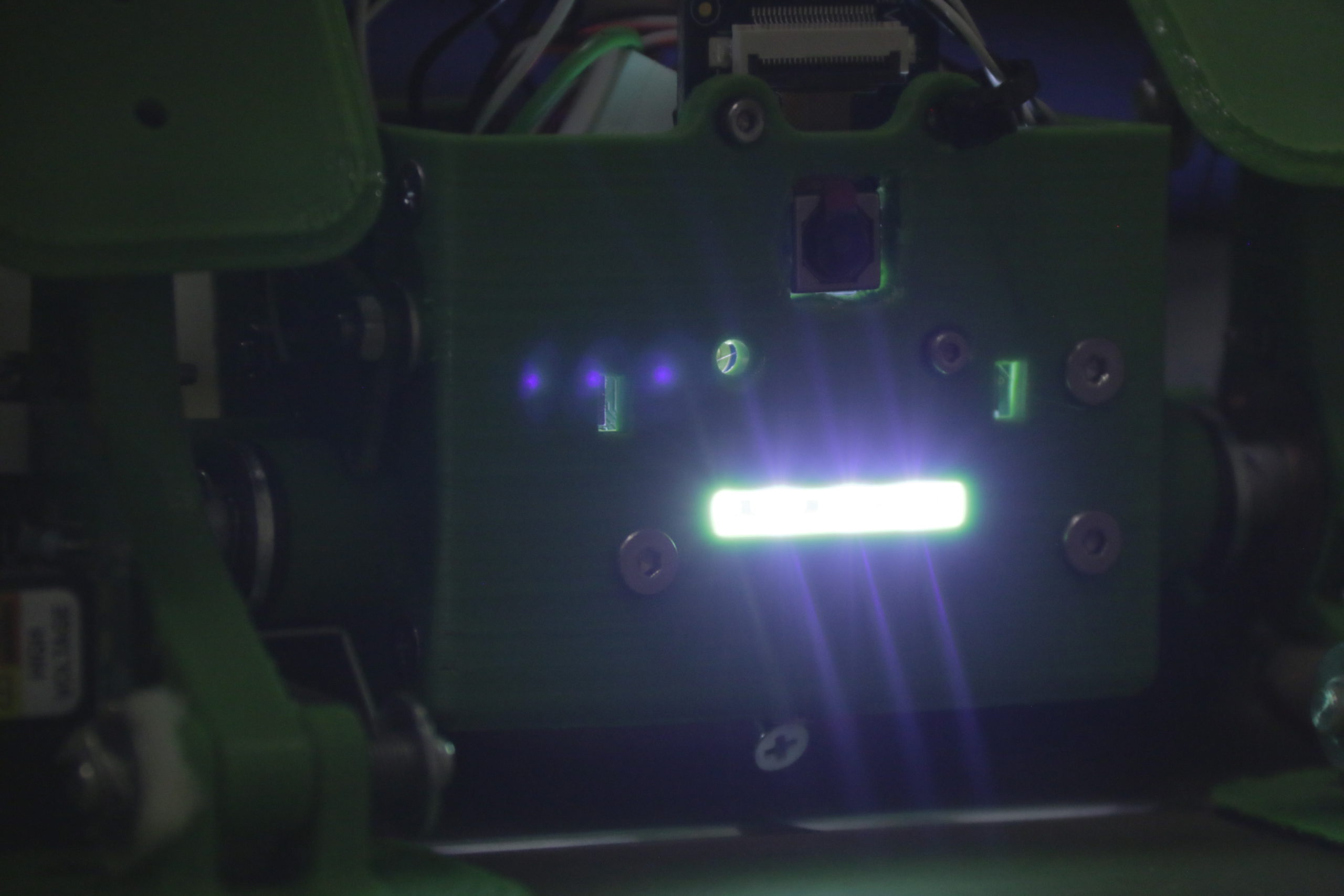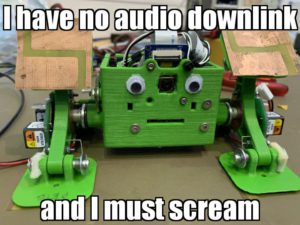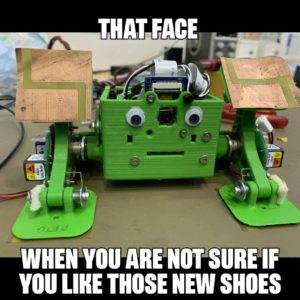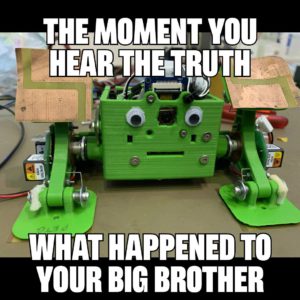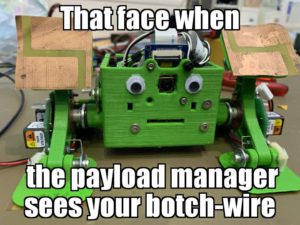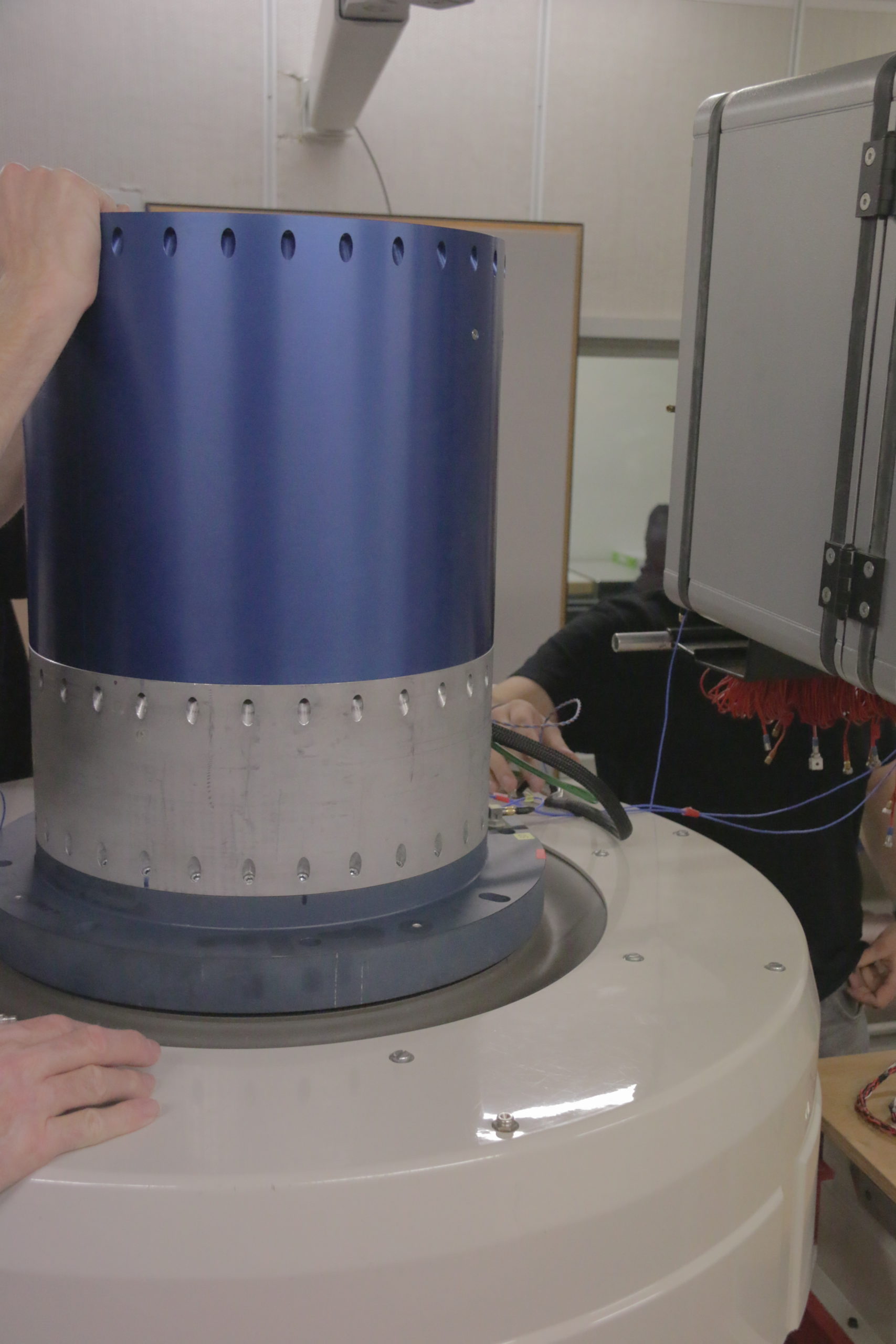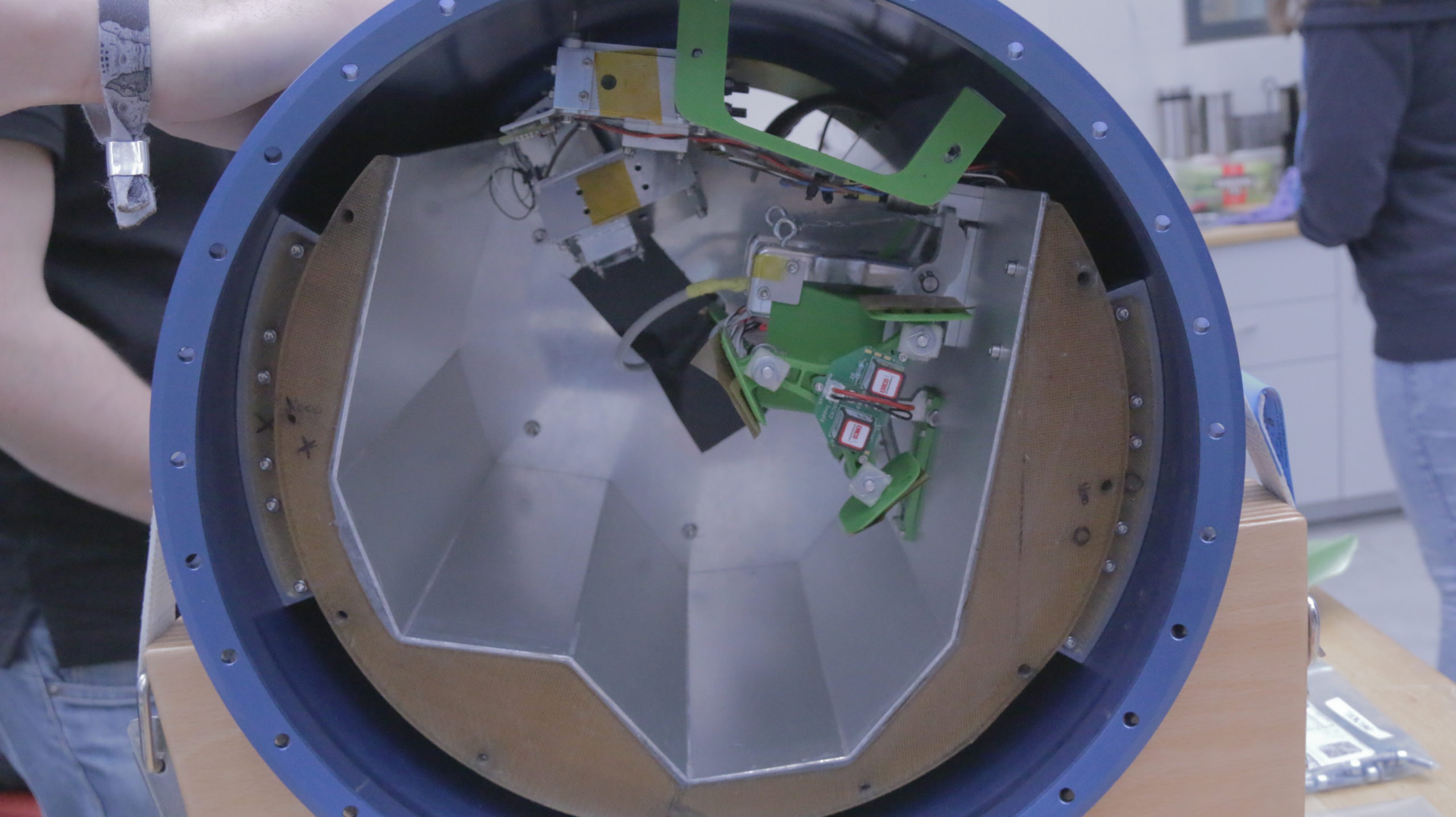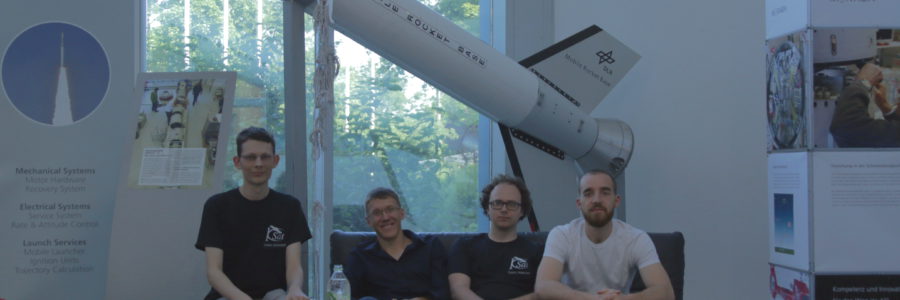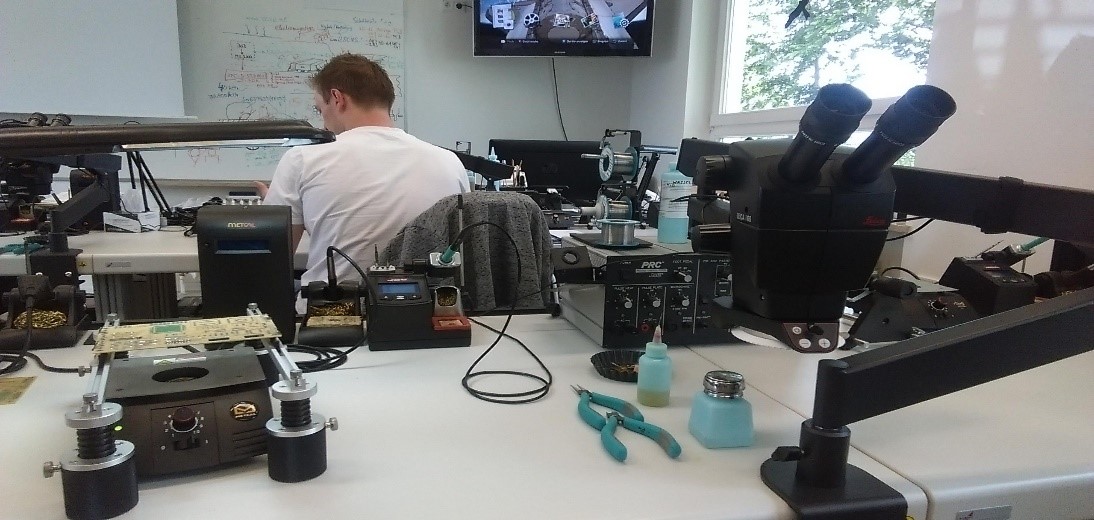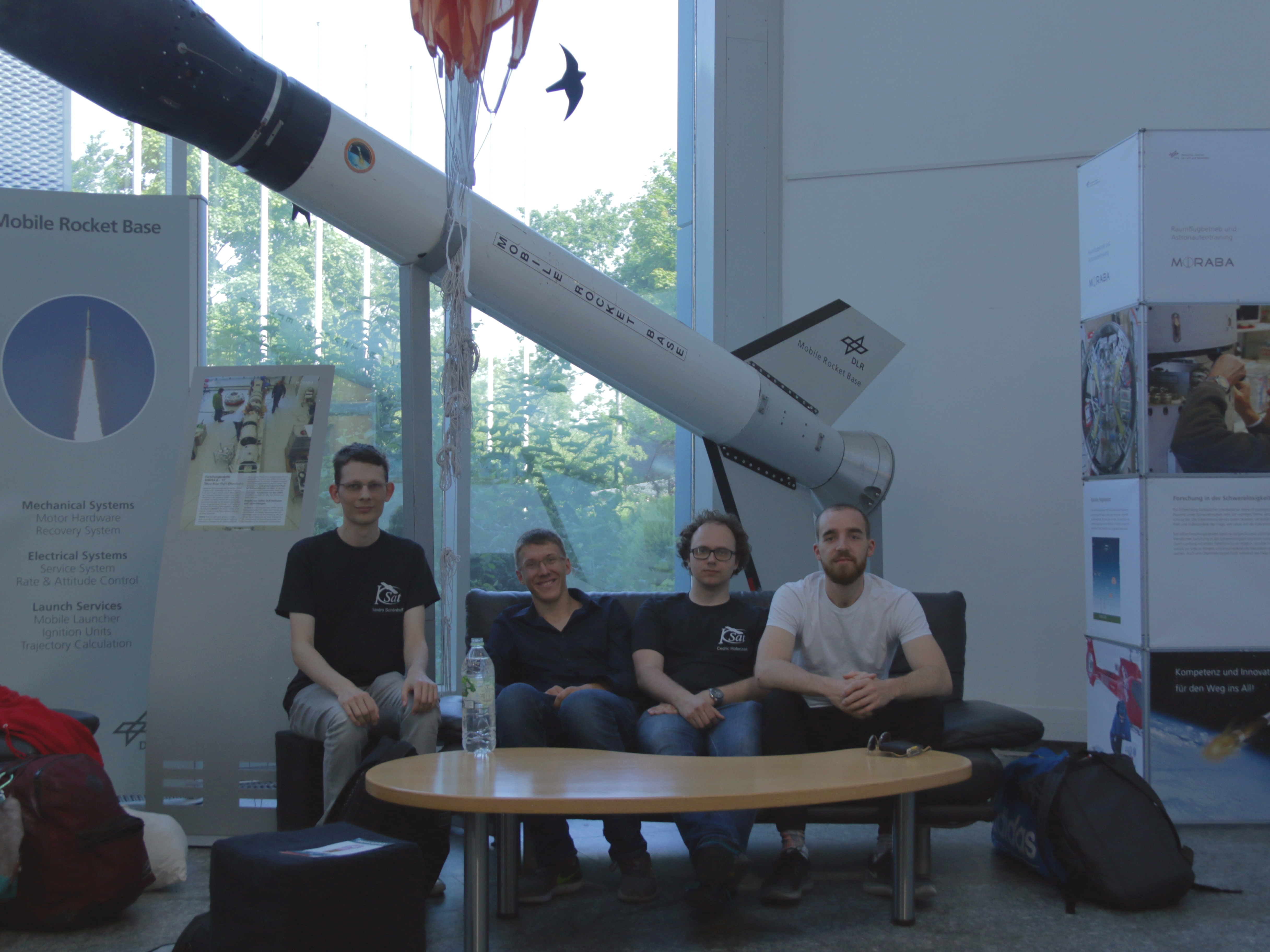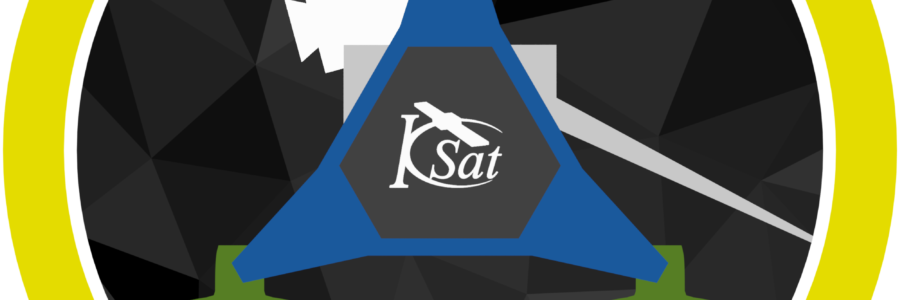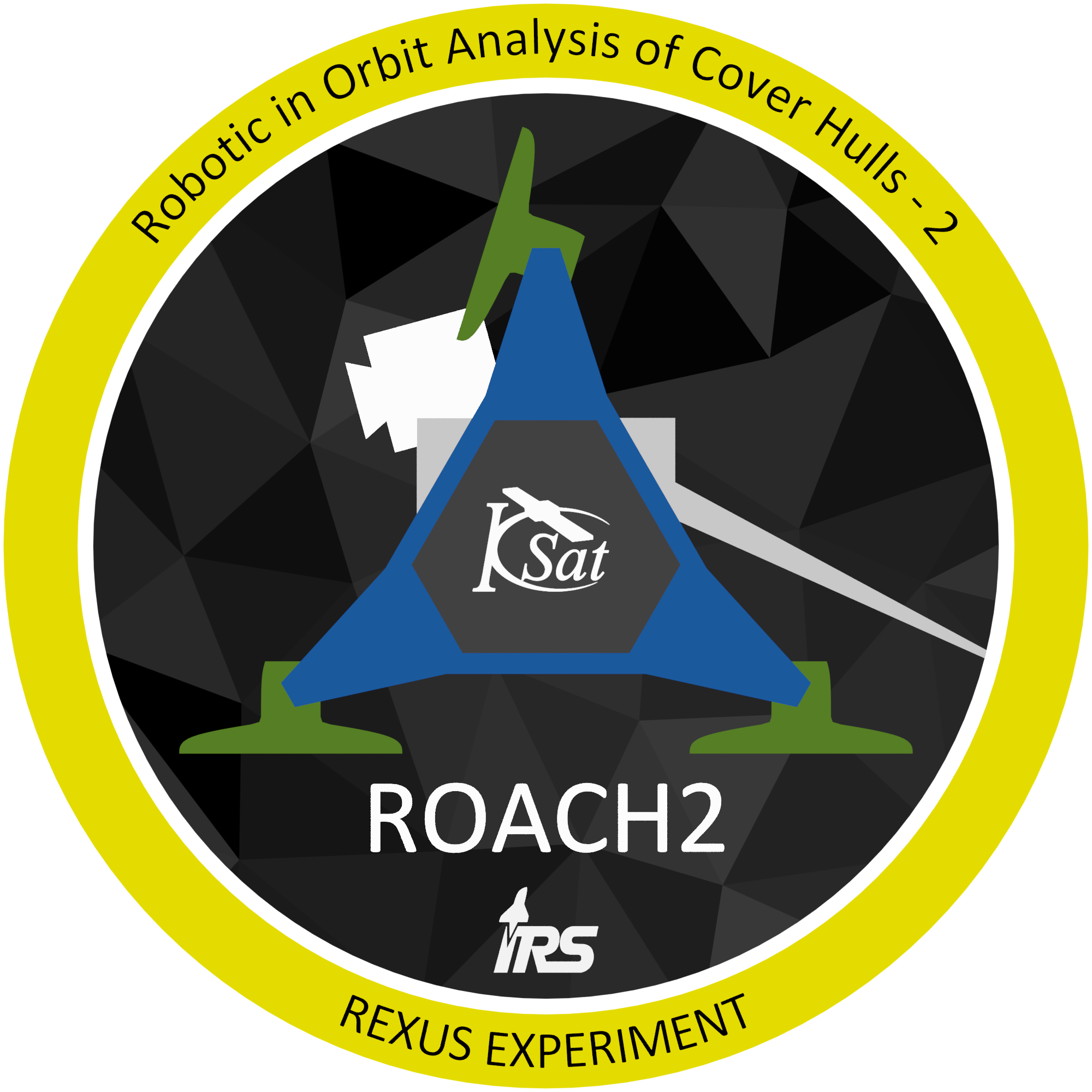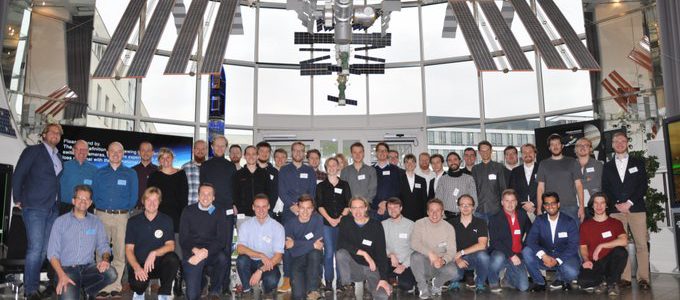The corona virus currently leads to massive restrictions in public life in Germany and Europe. The University of Stuttgart will close down almost completely until 20 April 2020, which will delay some of our projects, which we summarize below.
This article will be updated if there are further changes.
Update 2020-03-19: Currently all meetings of clubs are prohibited in Germany. We are taking the opportunity to expand our server infrastructure with voice chat and other teleworking services.
ROACH2
Our rover mission was to be launched in March on board a REXUS rocket. The launch was postponed indefinitely in order to ensure satellite operation at the launch pad and as no medical care could be provided locally. REXUS/BEXUS and the organisers DLR and SNSA are looking for an alternative date.
SOURCE
Our CubeSat project is currently in phase C. Due to the closure of workshops and laboratories at the university there are some delays in production and tests.
Some work, especially software development and documentation is actually progressing faster now, as team members have much less other obligations. The schedule will not be changed for the time being.
The Critical Design Review was scheduled for April 20. Since this is now announced as the first day of lectures we are looking for a new date – and in case the shut down will be extended a good solution for a remote review.
BUBBLE2
The second balloon in our BUBBLE balloon series was scheduled to launch in April. As there are no production and launch preparations possible at the moment, the schedule will not be able to be kept. As soon as university operations are resumed, we will look for a new launch date.
CANSAT-CHALLENGE
Our CanSat-Challenge is running and nearing the end. Since no production and launch preparations are possible at present, the schedule will not be able to be kept. As soon as university operations are resumed, we will look for a new launch date.
KSAT-PR – WE AT EVENTS
Hannover Messe
The fair has been postponed by the organizer to 13 – 17 July 2020.
Yuri’s Night Stuttgart
The Yuri’s Night 2020 was cancelled by the organizer.
Tag der Wissenschaft
The Science Day was cancelled by the organizer.
PiAndMore 12 ½
The PiAndMore 12 ½ has been postponed, a new date has not been fixed yet.
Update 2020-03-24
Website
The website has been updated and improved in many places in the last few days. Now no external media and scripts are included and no cookies are set anymore.
This also means that there is no longer a notification to accept cookies. If you still have an old cookie: It will expire at some point and disappear. And you only have it, if you agreed to cookies in the first place.
